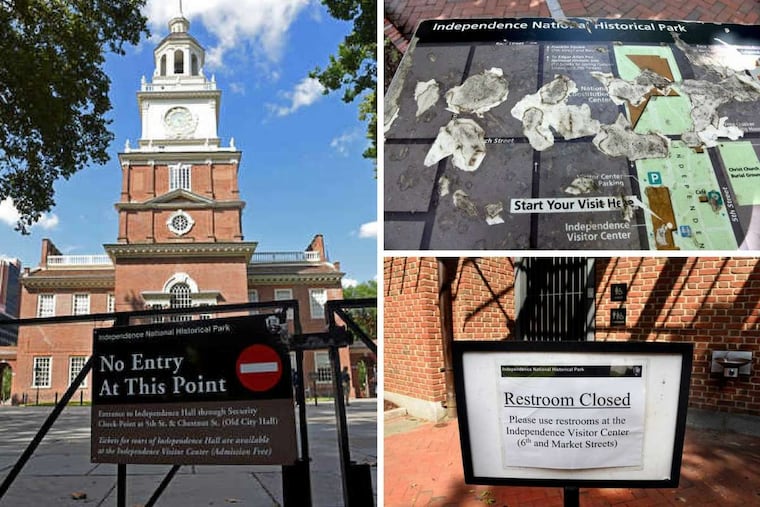Why do we tolerate the mediocrity of Independence Park? | Editorial
The park, designed to honor and celebrate the founding of modern democracy, is under stress.

The park, designed to honor and celebrate the founding of modern democracy, is under stress.
